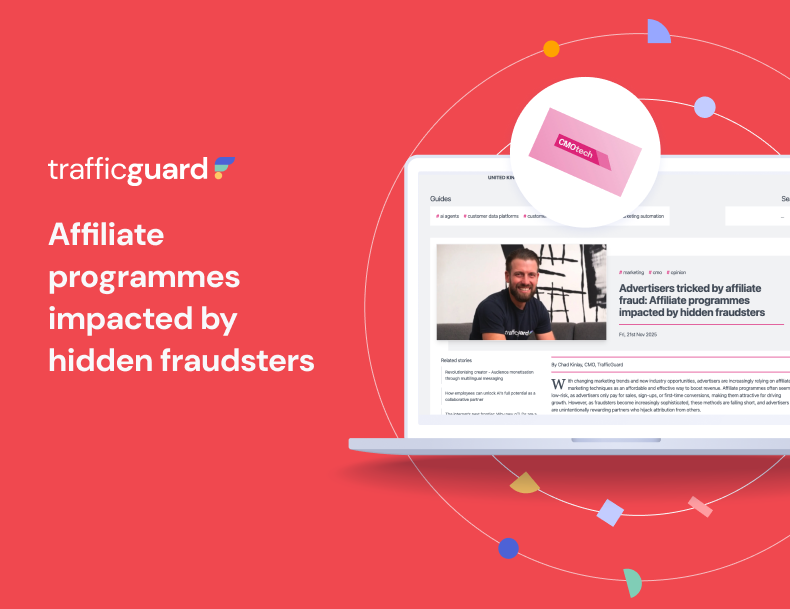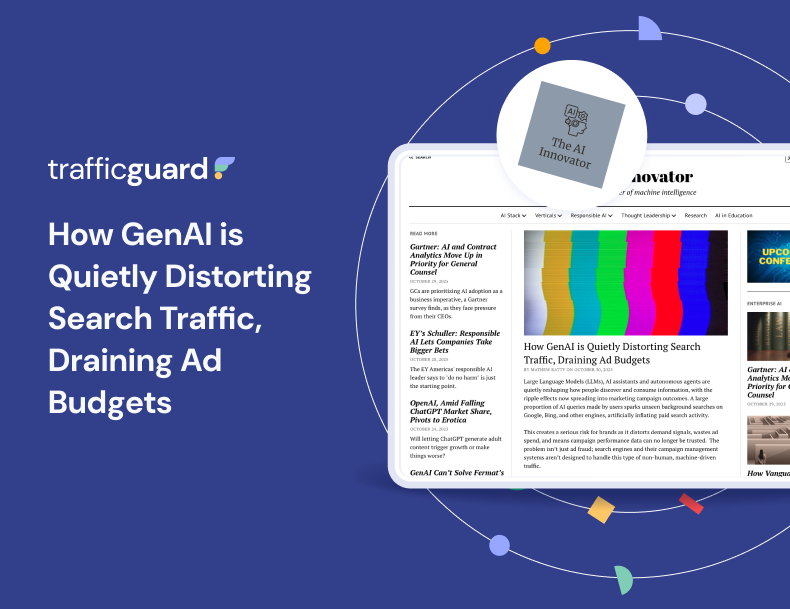The Rise of Female Bettors: What Does This Mean for Marketing Campaigns?

With the growth of women’s sports leagues and more media coverage, women have become more invested in sports and more likely to place bets.
As a result, marketing strategies are shifting their focus toward engaging female bettors. However unbeknownst to most marketers, the more direct targeting they are doing, the higher the costs to businesses because of returning users.
Returning users are holding marketers back from effectively targeting this wide pool of new customers by driving up Customer Acquisition Costs (CACs). Marketers need the stability and freedom to target accordingly and take advantage of the rise in female bettors.
Managing returning users must be a priority for sportsbooks to fully take advantage of the changing market and ensure the longevity of their campaigns. Without full transparency over the data they’re using to target and big question marks over a lack of tangible results from their spending, sportsbooks risk missing out on a huge opportunity to scale.
The Barriers to Expansion
The percentage of women betting on women’s sports in the US has grown up to 10% annually in recent years according to The IBIA. The targeting pool is growing for marketers as interest rises and the increased ease of online betting makes it simpler for women to place bets – backed by research from The Sports Betting Report, revealing that 26% of American women bet daily.
Marketing efforts are shifting to be more equal in this space as sportsbooks seek to make maximum profits from a new wave of players. However, by pumping more budget into paid ads targeted at women, sportsbooks are compromising the success of their campaigns.
Due to this direct ad targeting, women are more likely to bet by clicking on paid search campaigns. However, by repeatedly using paid ads as a front door to the site, rather than organic search results, returning bettors create inefficiencies in advertising as the Cost-Per-Acquisition (CPA) increases. So although these are enthusiastic players returning to place bets, they’re inadvertently driving up costs across the board.
If sportsbooks don’t manage the rise in bettors accessing their sites via paid ads, rather than an app or gateway site, they face losing out on the chance to expand further with new audiences.
Methods of Managing Returning Users
Now the answer isn’t to stop targeting female bettors. The rise in women in the betting scene presents an opportunity for sportsbooks and the challenge of returning users will remain whether marketing strategies shift or not.
To successfully combat returning users from driving up costs and damaging campaign results, sportsbooks should start by setting custom validation rules. Here, operators can cap the number of times a user clicks on a paid ad and once the threshold for clicks is met, the user is prevented from seeing the campaign. This effectively reduces high cost-per-click (CPC) rates by excluding users who are unintentionally driving up costs.
Alongside this, shadow campaigns can be implemented to further the level of success in reducing costs and maximising audiences. These are a duplicate of the sportsbook’s current campaign, but the CPC is reduced meaning that any returning users or excessive clickers can be targeted at lower CPCs. This is a new level of targeting that sportsbooks can harness to elevate their marketing strategies.
With this tactic, advertisers can maintain a level of personalisation in their targeting to make the most of the rise in female bettors without increasing CACs. Budgets are then saved for genuine users with the propensity to convert.
Control Over Campaign Traffic Unlocks True Results
Ultimately, more bettors mean more opportunities. Solidifying campaigns to take advantage of the rise in female bettors is important, but not where sportsbooks should be starting. Without initially protecting campaigns from unknowing returning users, the work to attract those customers causes great losses rather than any gain.
To avoid high costs and take back budget control, marketers need to start by deploying shadow campaigns and custom validation rules. With these tactics in play, businesses will unlock new levels of visibility into campaigns and put themselves in the best position to make the most out of the emerging wave of female bettors.
Read more 👉 here.
Get started - it's free
You can set up a TrafficGuard account in minutes, so we’ll be protecting your campaigns before you can say ‘sky-high ROI’.
At TrafficGuard, we’re committed to providing full visibility, real-time protection, and control over every click before it costs you. Our team of experts leads the way in ad fraud prevention, offering in-depth insights and innovative solutions to ensure your advertising spend delivers genuine value. We’re dedicated to helping you optimise ad performance, safeguard your ROI, and navigate the complexities of the digital advertising landscape.
Subscribe
Subscribe now to get all the latest news and insights on digital advertising, machine learning and ad fraud.







